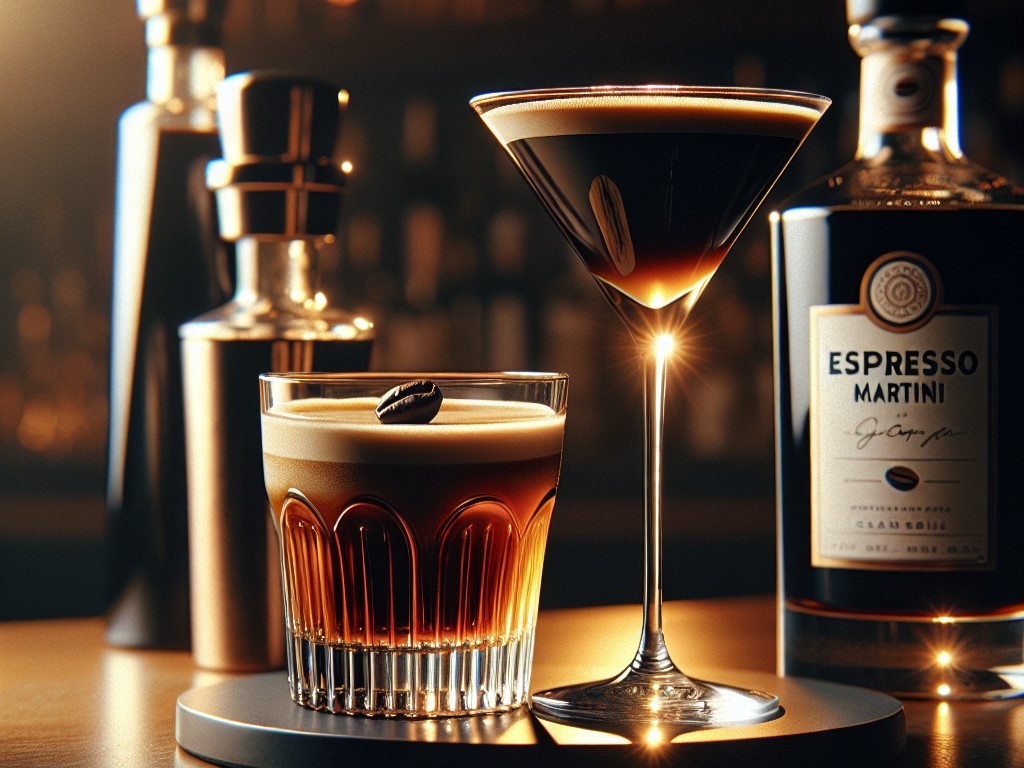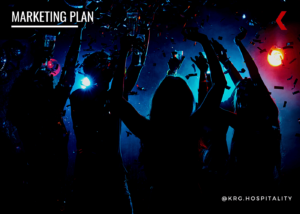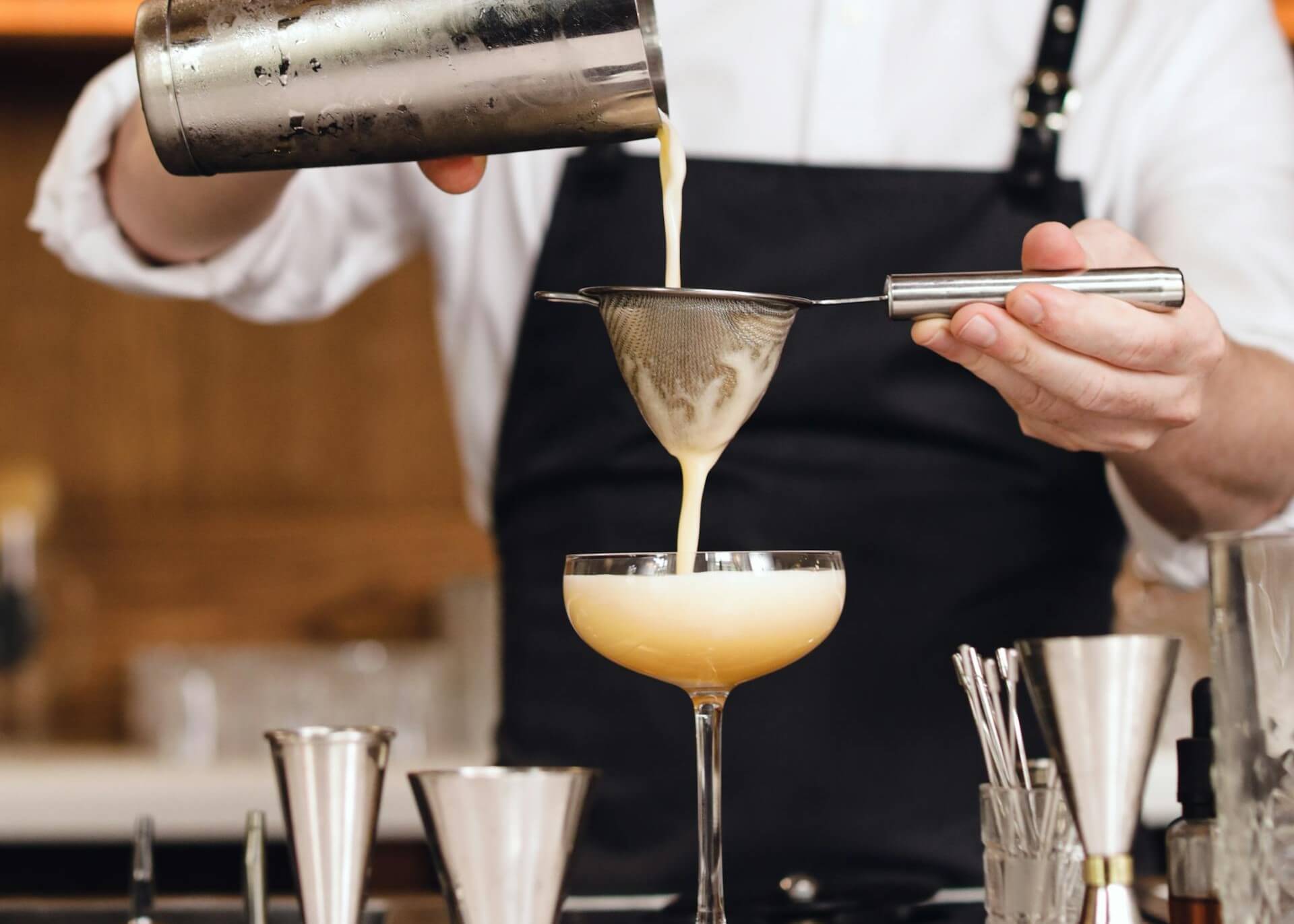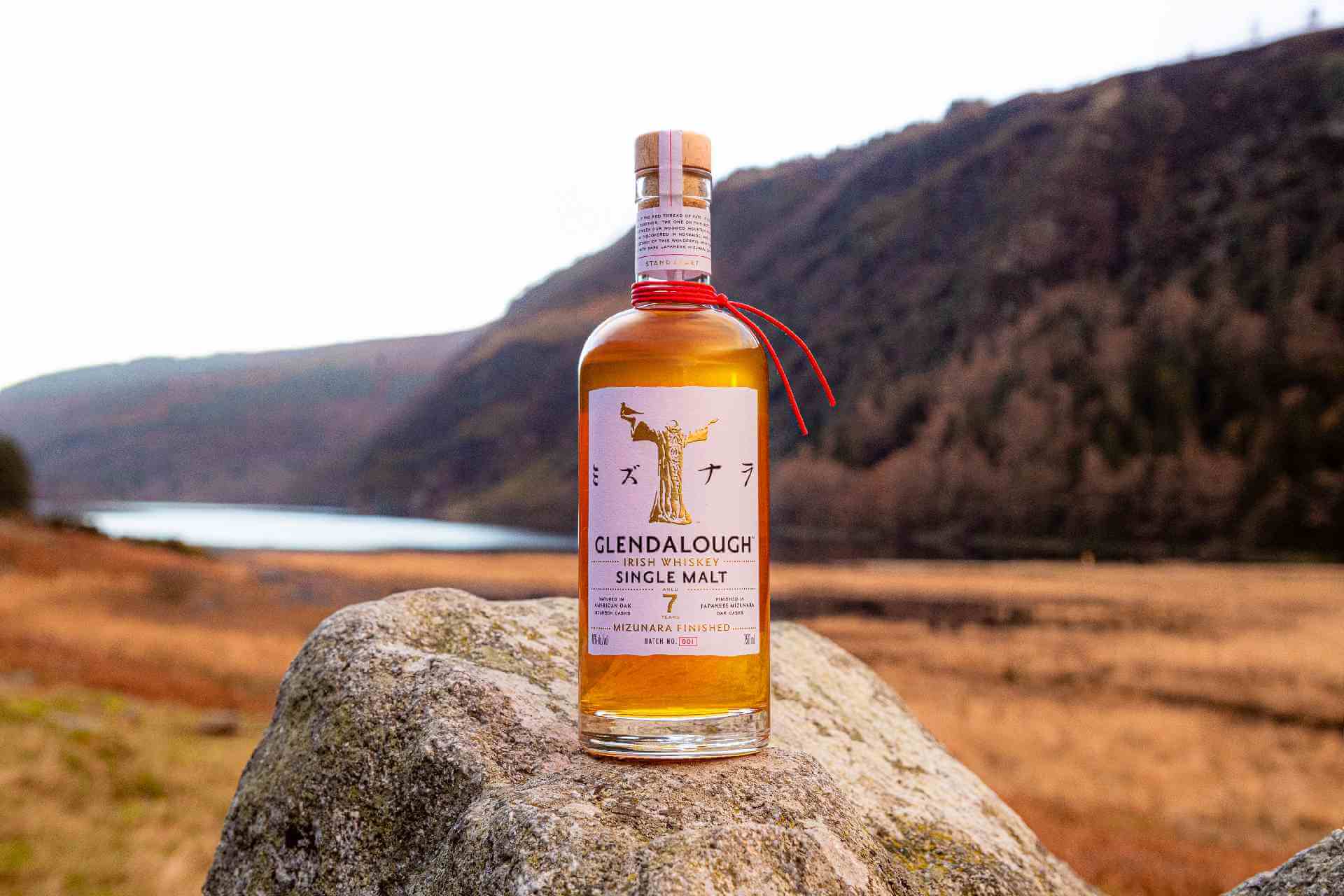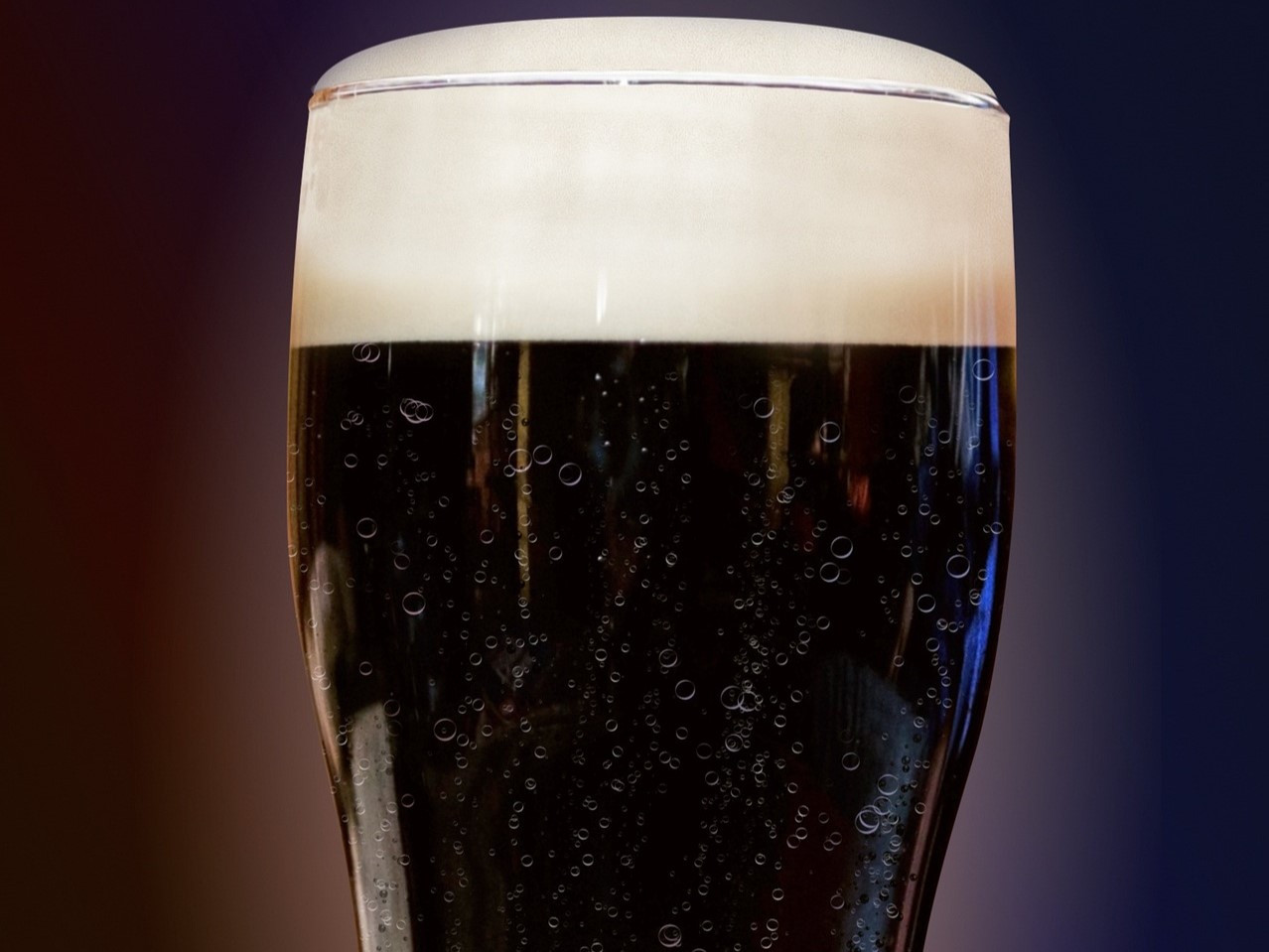Program for Unique Holidays: April 2024
by David Klemt

Do you want to stand out from from other restaurants and bars in your area? Change how you think about your April holiday programming.
Several holidays are set against every date on the calendar, and this month is no exception. These holidays range from mainstream to esoteric.
Pay attention to the “weird” or unique holidays to raise eyebrows, carve out a niche for your restaurant or bar, and attract more guests. Why do what everyone else is already doing? Why program only around the same holidays as everyone else?
Of course, you shouldn’t try to celebrate every holiday, strange or otherwise. Focus on the days that are authentic to your brand; resonate with your guests; and help you grab attention on social media.
You’ll find suggestions for promotions below. However, the idea behind our monthly holiday promotions roundup is to inspire you and your team to get creative and come up with unique programming ideas.
For our March 2024 holidays list, click here.
April 5: Walk to Work Day
Operators who with bars and restaurants in walkable areas should leverage this holiday. People who walk to work should reward themselves by walking to a bar or restaurant for dinner and a drink after work. Of course, operators open for breakfast and dinner should encourage guests to walk in for a treat to start their day, and another treat (or two) to end it.
April 6: New Beer’s Eve
As the name implies, we celebrate this holiday the day before another holiday in the US: National Beer Day.
Operators who really want to help New Beer’s Eve gain a loyal following among their guests can bring in new beers for their guests to try on this holiday.
April 8: National Empanada Day
How would you rate your empanadas? How would your guests rate your empanadas? If you and your team are proud of your emapanadas, this is their time to shine.
April 10: Golfer’s Day
If you have Golden Tee in your bar, or you operate an eatertainment concept that revolves around golf, this is the perfect holiday to celebrate golfers. Of course, this also holds true if you operate a bar or restaurant within a community that loves golf.
You’re already (hopefully) your guests’ third spot; become their 19th hole on Golfer’s Day as well.
April 12: World Licorice Day
Sambuca, ouzo, xtabentún, absinthe… World Licorice Day is a great holiday for showcasing the licorice-flavored spirits in your inventory on your menu.
April 17: Blah Blah Blah Day
So, this day encourages people to try or start something that friends and family have been telling them do repeatedly. I would interpret this holiday as one during which to encourage your guests to try a new dish or drink rather than just ordering their usual again.
April 21: National Tea Day
Not only does tea make an excellent mixer for an array of cocktails, it really shines as the base for non-alcohol drinks. The depth of flavors that tea delivers really makes on impact on the palate and the guest experience.
National Tea Day is the perfect time to dial in your tea-based cocktails, be they low-, full-, or zero-ABV.
April 23: German Beer Day
Do you have German beers on your menu? I’m going to give you one guess as to what you should do with those beers on German Beer Day.
However, I have another thought, as well. There’s nothing that says you can’t come up with a creative LTO menu that introduces American or Canadian craft beers that taste similar to a German counterpart…
April 26: National Pretzel Day
Sure, you could just offer bowls of pretzels to guests on this holiday, providing a snack that goes with their beer.
Or, you could activate your kitchen team, make large pretzels in-house, and put pretzel charcuterie boards on an LTO menu. They may just prove to be a hit among you guests worthy of repeat appearances.
April 30: National Bubble Tea Day
Gee, if only there were a holiday that celebrates bubble tea, one that operators with bubble tea on their menu could build an LTO around. Oh, look! There is one!
Operators and their bar teams can also interpret this holiday a little differently. Tea cocktails and zero-proof drinks given the Flavour Blaster treatment? That could be rad…
Image: Ivan Bertolazzi on Pexels




